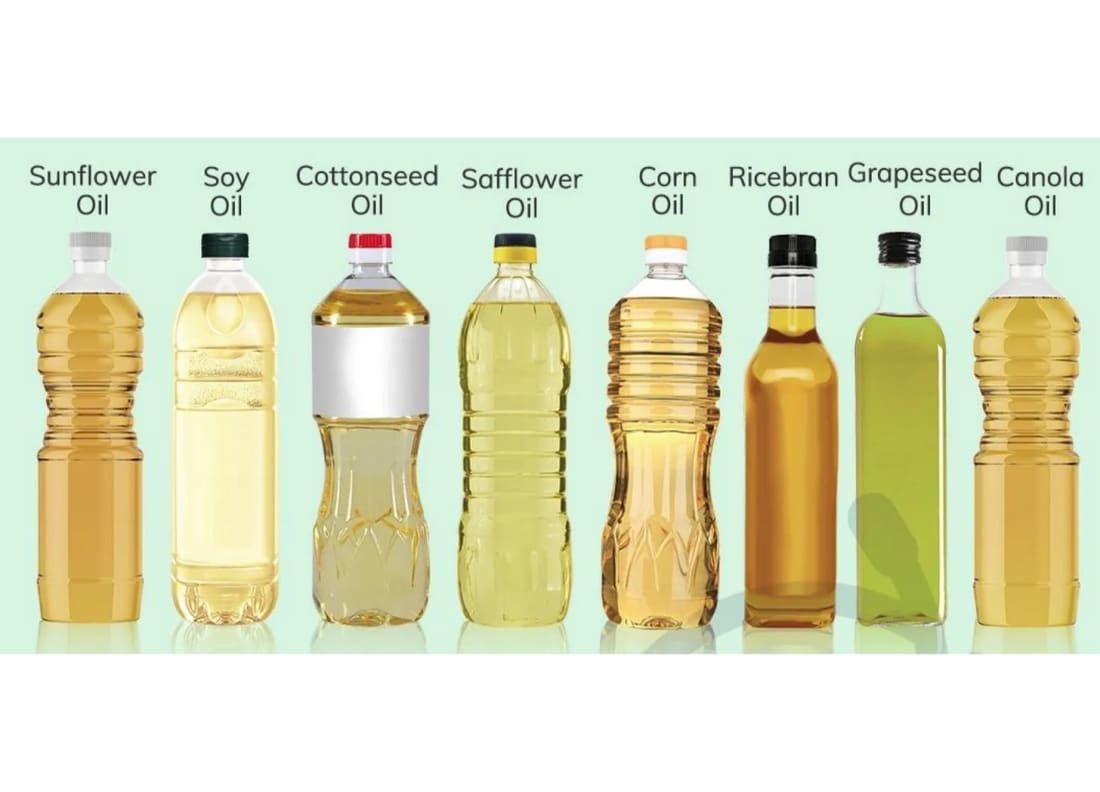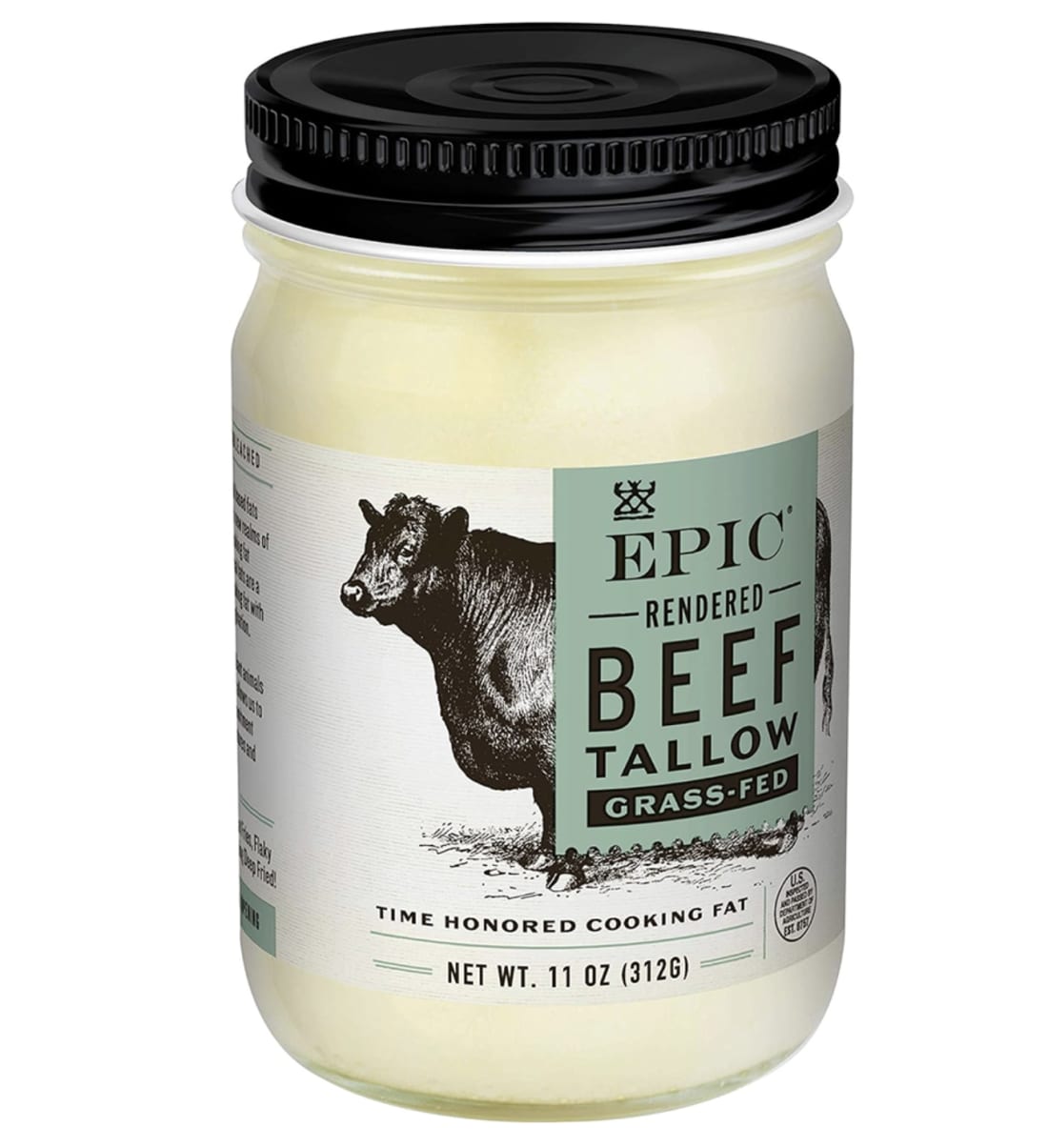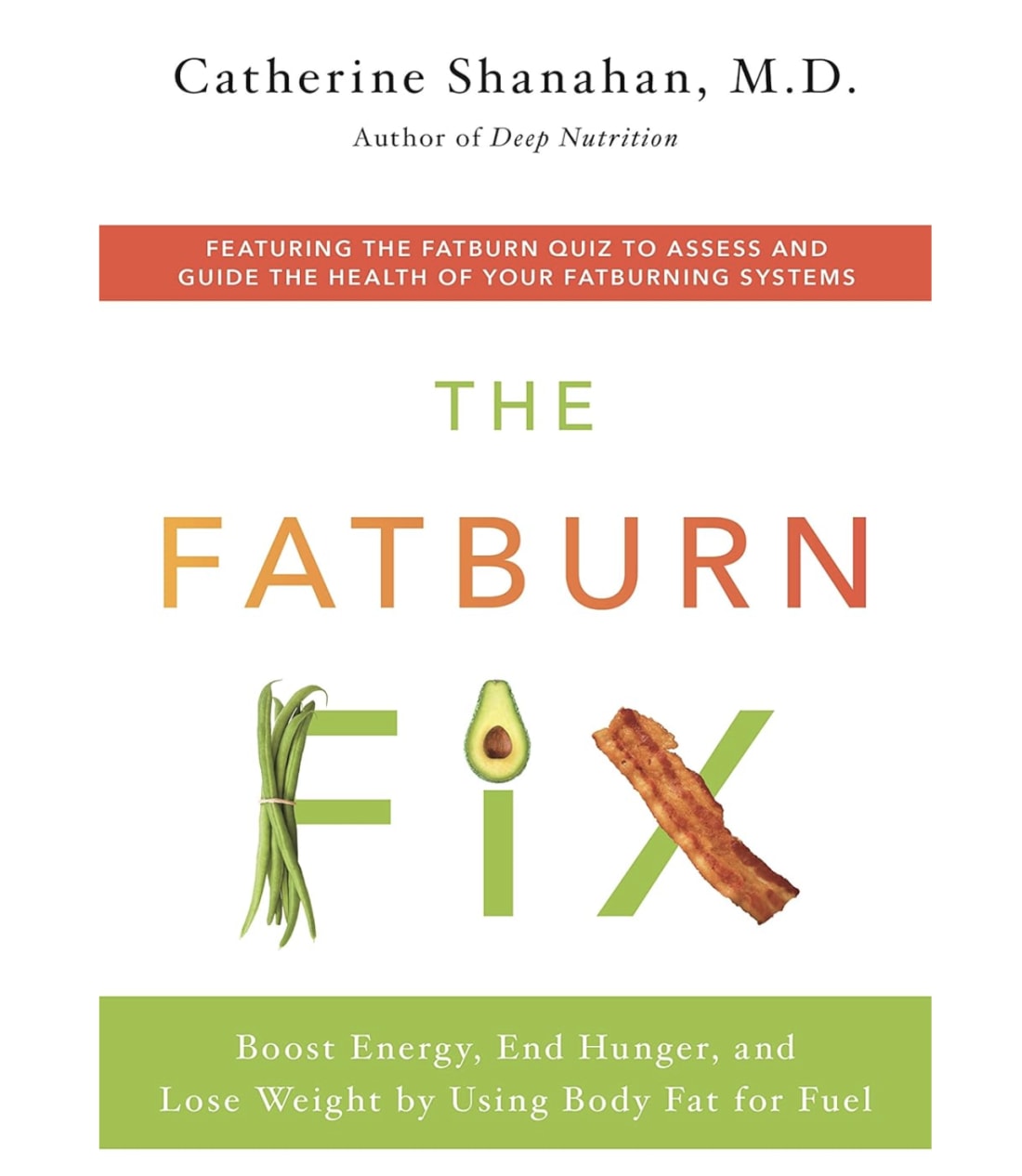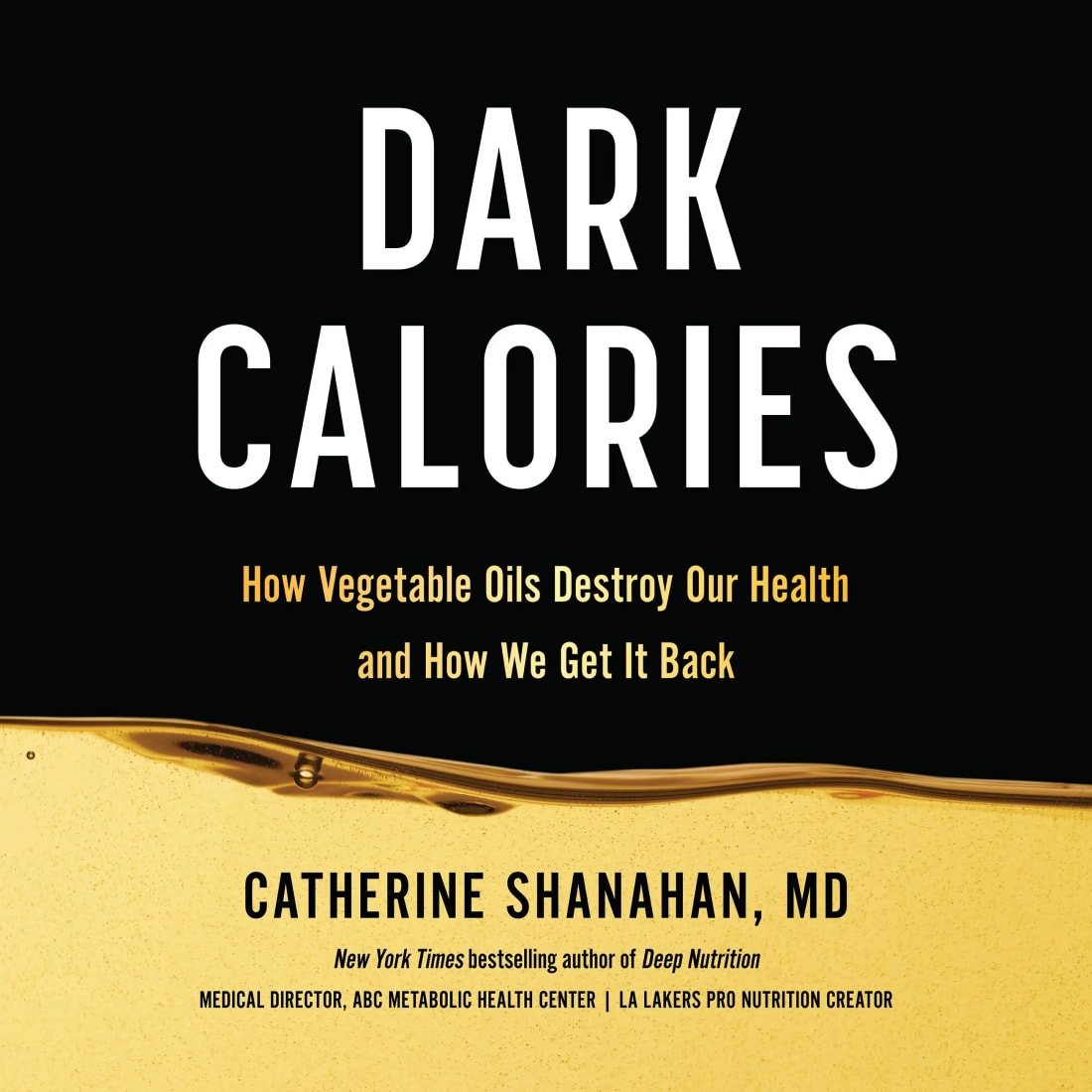|
 |
By Dr. Cate Shanahan, MD, Contributor, The MAHA Report
Last week I came across an article in Cleveland.com titled,“Processing matters in MAHA’s seed-oil-vs-animal-fat debate.” It was encouraging to see a mainstream outlet finally acknowledging what I’ve been saying for nearly two decades: the way oils are processed determines whether they nourish or poison us.
But even as the piece, written by Paris Wolfe, concedes that “processing matters,” it misses the most important point. The author’s conclusion is that we should simply buy “unrefined” sunflower oil. What she doesn’t seem to realize is that almost no one in America is eating unrefined sunflower oil. And it’s not just a problem with sunflower oil; more than 90 percent of the foods sold in our country, that contain any oil, are made with eight refined, bleached, and deodorized seed oils. These are the eight oils I’ve called the Hateful Eight —soy, corn, canola, cottonseed, sunflower, safflower, grapeseed, and rice-bran. My research suggests these have done more to damage our metabolic health than any other ingredient in the modern diet.
How I Define the Hateful Eight
When I was first trying to understand why so many of my patients were struggling with chronic fatigue, obesity, and inflammation despite “eating healthy,” I began tracing their diets back to the most fundamental common denominator. The deeper I looked, the more I found one pattern repeating across their diets: industrial seed oils full of unstable polyunsaturated fats.
Treating any food like an industrial product disrespects nature and the farmers who grew it. But polyunsaturated fatty acids are so exquisitely fragile that something uniquely bad happens. Unlike refined sugars and flours, refined seed oils contain process contaminants, meaning harmful compounds that are not intentionally added but rather form accidentally during the refining.
It’s an open secret in the edible oil industry that most seed oils are not actually safe to eat when first extracted from the seed. Only after more heat, bleaching agents, steam deodorization and other refining steps remove the caustic components is the oil rendered “edible.” But by then, it’s too late. There is simply no nourishment left and cooking with these oils for more than a few minutes generates huge quantities of oxidation products that get into our bodies by way of our lungs and our digestive tract. That’s why I say the problem isn’t the plant—it’s the processing.
Animal fats, by contrast, are made the old-fashioned way—rendered or churned—not chemically refined. They contain naturally oxidation resistant and heat tolerant saturated fats, which help protect our cells from oxidative stress. When you eat tallow, butter, or lard, you’re eating real food. When you eat the hateful eight seed oils, you’re eating a chemistry experiment.
How Much We’re Really Eating
Even health-conscious shoppers are consuming hundreds of calories per day. They’re hidden in restaurant fryers, salad dressings, granola bars, protein powders, “plant-based” meats, and nearly every packaged snack on the shelf.
In 1909, the average American got about two teaspoons of seed oil per day. Today, it’s closer to six to eight tablespoons—a 1,000% increase. Biopsies of human body fat taken from the 1950s until 2015 reflect this dietary change. In 1950, about 5-10% of fatty acids were polyunsaturated. By 2008, that figure increased to 20-30%—and it’s likely higher today. During that same time, the rates of fatty disorders like obesity, diabetes, and fatty liver disease have exploded. Our body fat is the largest organ, and these fats are altering it at the molecular level. This has been known for years. Yet researchers at the NIH have failed to investigate what it all means.
My research, published first in my book The FATBURN Fix, shows that this change to our body fat is causing profound metabolic problems that ripple throughout our body to affect literally every gland and organ. Perhaps the most important impact is to our most human organ—the brain.
What Eating Seed Oils Is Doing to Our Brains
When seed oils oxidize, they generate reactive aldehydes. This is not controversial, yet again the scientists at the NIH largely ignore the implications of eating foods containing aldehydes. Toxicologists working elsewhere have shown that these aldehydes can cause cancer, damage cell membranes, and kill mitochondria. For nearly 10 years, I’ve been writing and speaking about how our weird body fat and these other toxic injuries make it impossible for our cells to process energy normally, setting off the chain reaction that leads to insulin resistance—the root cause of obesity and type 2 diabetes.
We generally think of insulin resistance as a problem related to the pancreas and limited to causing diabetes. But I’ve come to understand that, long before it causes diabetes, insulin resistance also profoundly affects the brain. Insulin resistance changes the way the brain perceives hunger and reward. Being less able to get energy from body fat makes us more dependent on snacks and sweets, and also blunts those satiety signals that tell us we’ve had enough. This is a biochemical setup for addiction.
That’s why I believe seed oils are far more than just the empty calories that most dietitians believe them to be. They’re also the missing link in the twin epidemics of sugar and nicotine addiction—both of which boost energy in ways that make up for the energy deficits people with insulin resistance deal with every day.
Kids raised on ultra-processed foods experience repeated blood-sugar spikes and crashes. Research has shown that falling blood sugar brings out the worst in all of us. We argue more. We lose patience with people. We are more likely to get into accidents. We aren’t “bad people” or “weak willed.” We’re caught in a biochemical feedback loop that keeps us hooked on snacks and junk, and makes us anxious or depressed when we don’t get the foods to which we’re addicted.
By the way, if you go to the doctor for anxiety, heart palpitations, brain fog, or other low blood sugar symptoms caused by insulin resistance, you probably won’t be told you have insulin resistance. You will more likely be told that your insulin resistance symptoms are “just hypoglycemia” and you need to snack on low-glycemic foods (like whole grain crackers or granola bars) to boost your energy. But that does nothing to address the root causes – and since crackers and granola bars usually contain seed oils, following that advice can make you sicker.
Besides, resolving an internal metabolic crisis with external inputs can create deep seated addictions. Training people to seek out energy from substances can, down the road, lead to alcohol, nicotine and other addictions. (Sugar is the ultimate “gateway” drug and rehab centers are full of people whose sugar addictions never get addressed.)
Not only does insulin resistance negatively shape your relationship with real food, since hypoglycemia can cause depression and anxiety, insulin resistance can lead to serious mental illness. And because people blame themselves for their additions and mental illnesses, it can feed profoundly harmful belief systems about your self worth and value as a human.
Restoring Faith In Science
There are many factors driving this current state of affairs and it can seem overwhelming if you’re thinking about how to set it right. However, I think the best place to start is where things first went wrong, and that was with nutrition science. Nutrition science has lost its integrity and fixing nutrition science doesn’t require new laws or physical infrastructure. It only requires that doctors learn the truth about the American Heart Association (AHA).
Readers of The MAHA Report are familiar with how the AHA promoted seed oils as a health food. But maybe you’ve not had the chance to consider that this misguided stance on fats has also fatally corrupted nutrition science, which means that the taxpayer money the NIH has used to fund nutrition research is also corrupted.
Restoring integrity to the system, and getting our money value from the hardworking scientists at the NIH whose salaries we’re paying, starts with letting these researchers learn the truth. Fortunately, that truth is not hidden—it’s already been assembled in plain language in my books Deep Nutrition, The FATBURN Fix, and especially thuje latest, Dark Calories, which draws together decades of biochemical research by myself and others to explain how modern oil processing created the metabolic disorders we now spend billions trying to treat.
Once folks at the NIH understand that their training in nutrition is incomplete and tragically tainted by corruption, they can start doing science that will reap great rewards. Only then can we begin to reverse the epidemic of metabolic disease that defines American life today.
Dr. Cate Shanahan, MD (DrCate.com), is The New York Times bestselling author of Deep Nutrition, Food Rules, The Fatburn Fix, and, most recently, Dark Calories. You can follow her on X @DrCateShanahan
Thank you for subscribing to The MAHA Report
You can follow us at: TheMAHA_Report on X
You can also follow us at: MAHA Action on Facebook
Make America Healthy Again™ and MAHA™ are trademarks owned by MAHA TM LLC





